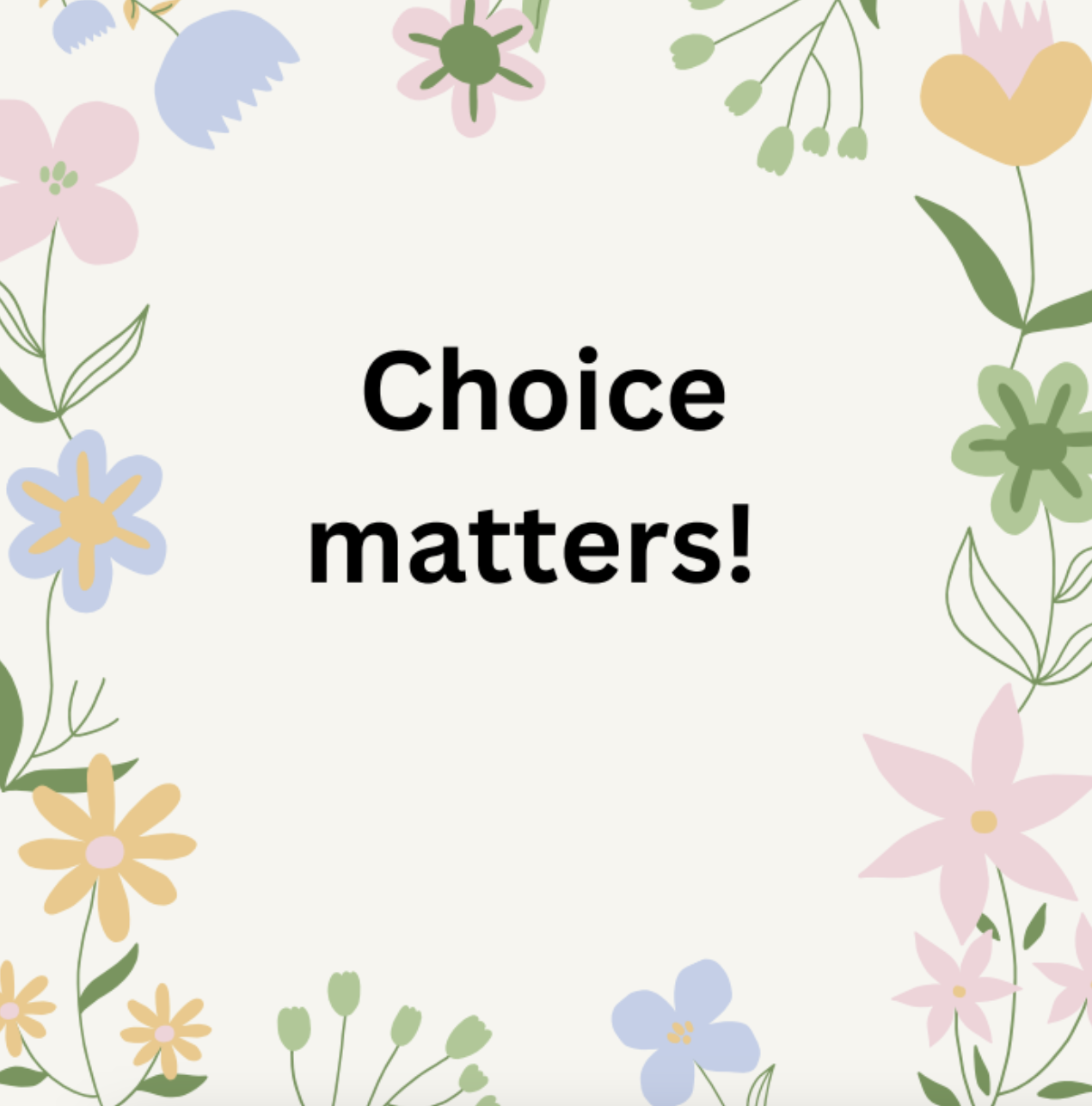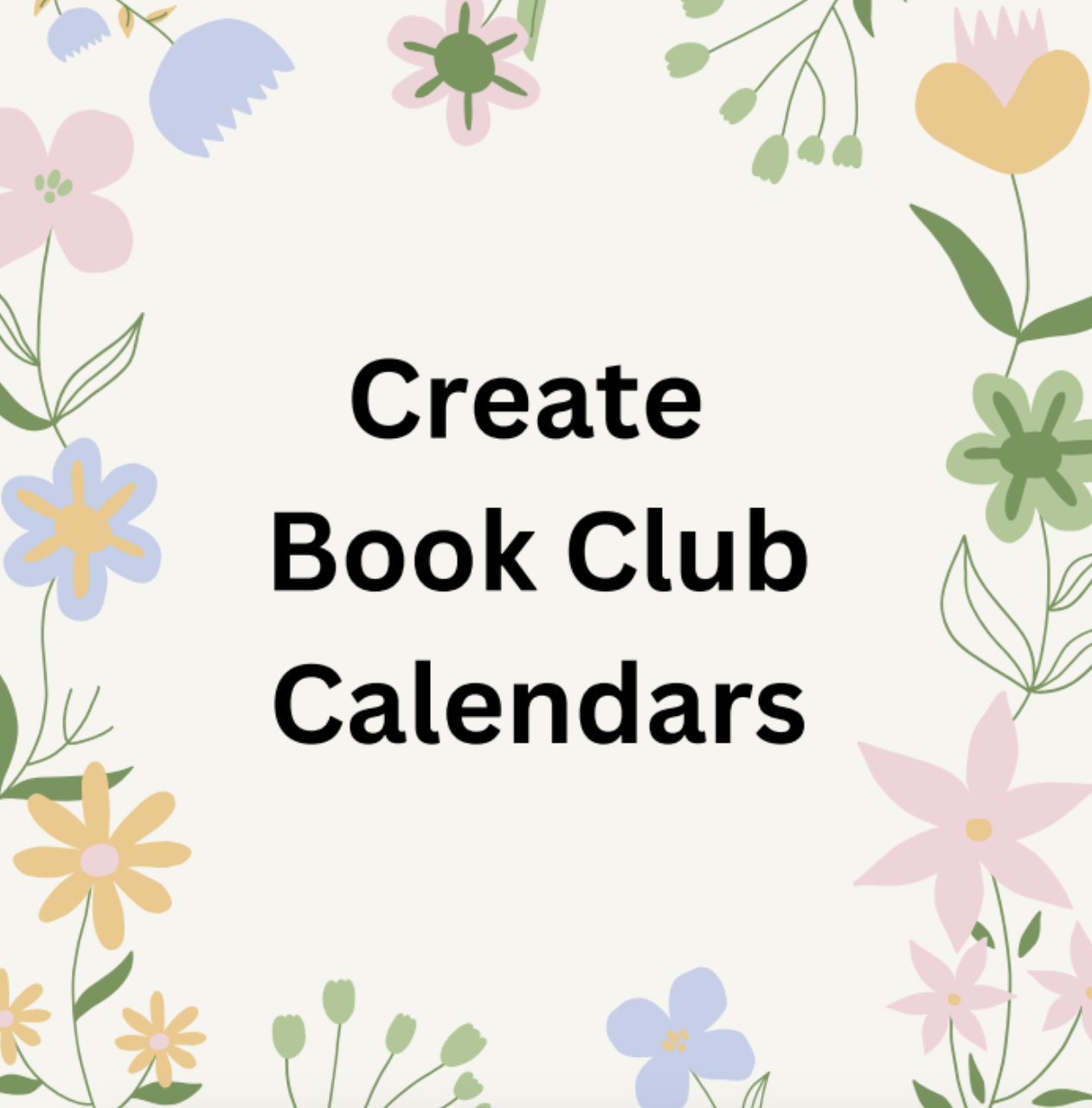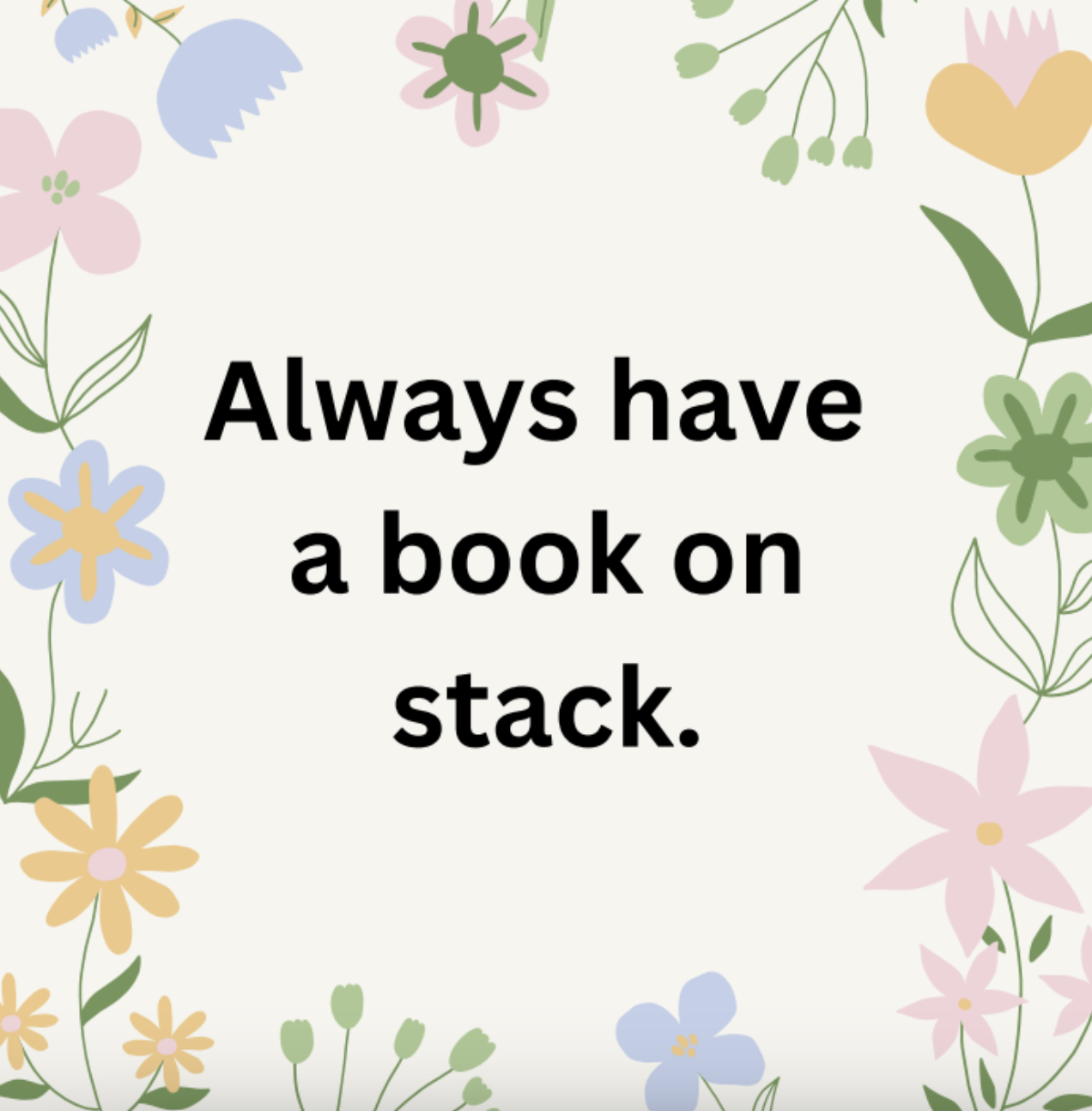Reading Book Clubs
This is part four of a series: End of Year Honorable Closure Ideas
The end of the year offers a chance for us to celebrate as a classroom learning community in many different ways. This series highlights some of my favorite ways to honor the end of the year with students.
Although book clubs can be powerful throughout the year, they provide so much engagement and joy at the end of the year! I love incorporating clubs into the end of year celebrations. They keep students engaged. They encourage a high volume of reading. They allow for student voice and student choice.
Here are my top five tips for setting up book clubs the last few weeks of school:
One of the best tips my mentor Lizzie ever gave me was to teach into partner talk during my read aloud time. I do this WELL before we ever start book clubs. Think of it as a bridge to book club talk. Before we start our read aloud for the day, I introduce a little anchor of what makes a strong book talk. Here’s a version of that chart from my first grade classroom way back in 2015. Please don’t judge the giraffe boarder.
How to have a strong book talk:
Look at the speaker
Talk about the book
Add on to say more
Ask questions
Give examples
Once we’ve learned the components of a strong book talk, we practice during our read aloud with our partners. Starting small allows us to practice without the risks of talking in front of the whole class. After we get the hang of talking about books with our partners, we switch it up and have a grand conversation as a whole class after a read aloud. We drum roll this activity and make it a big deal to build excitement. For a grand conversation, the class sits in a circle around the rug and the teacher puts the read aloud book in the center. Students take turns talking about the book and their thinking, adding on to each other’s ideas and showing examples from the text when necessary.
During the first few rounds of the whole class grand conversation, my role as the teacher is to just keep track of how many times as a class we do each component of the anchor chart. If you look back at my photo, you can see our class had mastered looking at the speaker and talking about the book. We were stretching towards the last three as a class so I tallied each time we did those things.
It’s important to note that the teacher is not in charge during this time, the kids are. I make sure to position myself outside of the circle. And when students inevitably look at me when they are talking, I point them to look at their classmates, signaling they have ownership of the conversation. This is a really hard thing for me to do as a teacher. Sit back and let the kids take charge. One thing that keeps me from taking charge when there’s a lull in the conversation is to count to five before saying anything. And when I do need to pop in when the crowd has gone quiet, I offer a questions then invite students to turn and talk with a partner before bringing it back to the whole class conversation.
Grand conversations really help students understand the concept of listening and speaking with others about books. It’s a beautiful scaffold towards book club talk. If students can have a conversation about a book as an entire class without you, the teacher taking charge, they are ready for book club talk!
When gathering up books for book clubs, ask the students which books they would be interested in reading. Allowing students to choose which book club they want to be a part of increases engagement and gets students to buy into the process.
When selecting books, make sure students have access to the audio version of each book that you select so that they can stretch into their interests. Double check if the book is on Epic or Audible or whatever your district’s audiobook platform might be. It’s completely fine if a particular student reads a book above their reading level and listens to the text. The entire point of book clubs is to be able to think deeply and share your thinking with others. If you are still on the fence about this, think with me for a second. Have you ever been a part of a book club and listened to the audio book? Did that count as reading? Did your friends let you into their book club talk? Or were you kicked out for reading with your ears rather than your eyes? Were you able to join in the conversation and contribute? Absolutely! It counts! Allowing students choice of which book to read and how to read it will help your book clubs run smoothly. Trust me. I learned this the hard way and am speaking from experience.
Provide a structure for book club talk using club mats! I got this idea from my friend Sara. It is a great way to support students in facilitating their own talk without you guiding them every step of the way. Here’s how it goes:
Take a large piece of construction paper and place post it notes along the edges, one for every student in the book club. In the center, place a different color of post it. Laminate for longevity.
Introduce this tool to the class during your read aloud time. Invite students to stop and jot at least 3 times throughout the read aloud. I like students to bring their clip boards, a pencil, and three post its to the rug before we start. Carry on your read aloud the same way you always would, inserting partner talk and teacher think alouds. Allowing time for students to stop and jot. After the read aloud is over, invite students to choose their best thinking to share with their club.
Group students into clubs. A simple way to do this is to group two partnerships together for a group of four. Rug clubs!
Each student takes their post it note and places it on the outside edge of the mat. Before clubs start talking, remind them of the anchor chart you made for how to have a book talk.
The first student who will share then places their post it note in the center of the mat. The student talk about their post it.
(Here’s where the magic happens!) Next, each student in the group tries to talk about that post it in the middle. Not their own post it (this take a long time to master) but their club mates post it. Book club mates can add on to that thinking, ask a question to clarify, or as another club mate to speak.
Once everyone in the club has shared, the post it in the middle gets put back on the edge and another post it is chosen.
Club mates repeat this until all post its have been shared.
Once students have practiced this a few times with your read aloud texts, they are ready to use this in book clubs! I cannot rave enough about this tool! It helps students make meaningful jots during reading time. It helps students stay on topic during the conversation. It helps students actively listen.
Readers can set up a book club calendar with their club mates, deciding how much to read each day, how long between each meeting, and who facilitates the club each time. My friend Mollie who teaches fifth grade has a simple 2 week calendar where students fill in their meeting times, how many pages/chapters are due on specific days, and the due dates for longer entries. Students are required to write a minimum of four post-its for each reading and write a longer assignment at least twice a week. Your calendar might look different depending on your grade level.
As students finish their book club reading for that day, they should always have a book (or two!) to pick up and read during independent reading time. This will save you a lot of headaches with students claiming they are done reading for the day. Our classroom motto is always: When you think you’re done, you’ve just begun.
Bonus Tip: When you have tried your first book club talk and it was a complete flop (because trust me, it most likely will be the first few times) pull out the old reliable fishbowl. Invite a group of students who somewhat have it together to sit in the center of your rug with the class in a circle around them. Hit rewind and ask the club to replay what they did. As they do, voiceover all the things you hope all clubs would do….even if you don’t see it yet. It might sound something like “Wow. Class, do you notice how all of the clubmates are looking at the speaker? Oh gee I just heard someone talk about the post it in the middle! Here they go switching out their post it in the middle….” After you fishbowl, immediately have the clubs practice again! It will get much better. Guaranteed or your money back.
This post is dedicated to my friend Sara, who has taught me everything I know about book clubs in second grade. Each year we take turns forgetting how to set them up and ask how they go. Dear Sara, when I forget about book clubs next year just send me this link!





